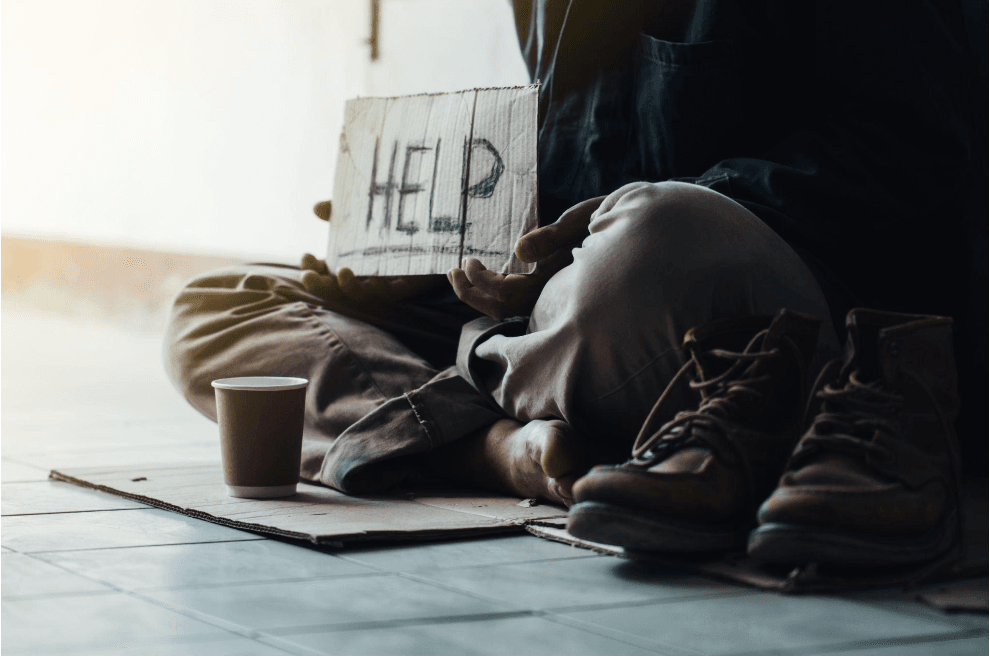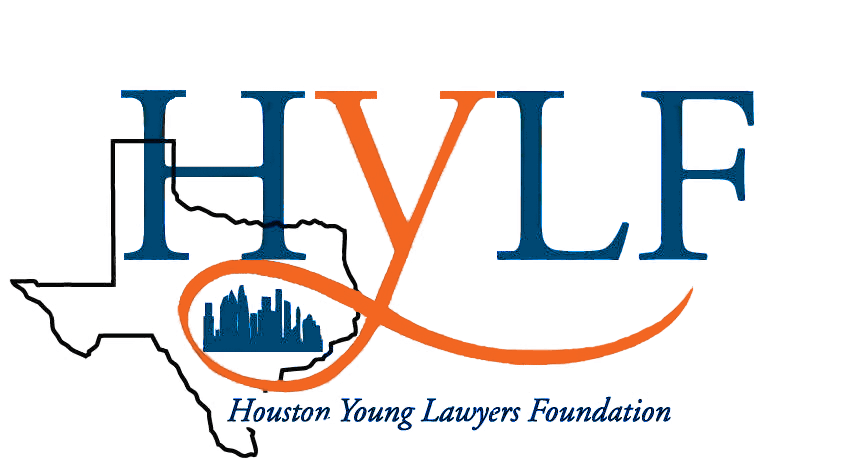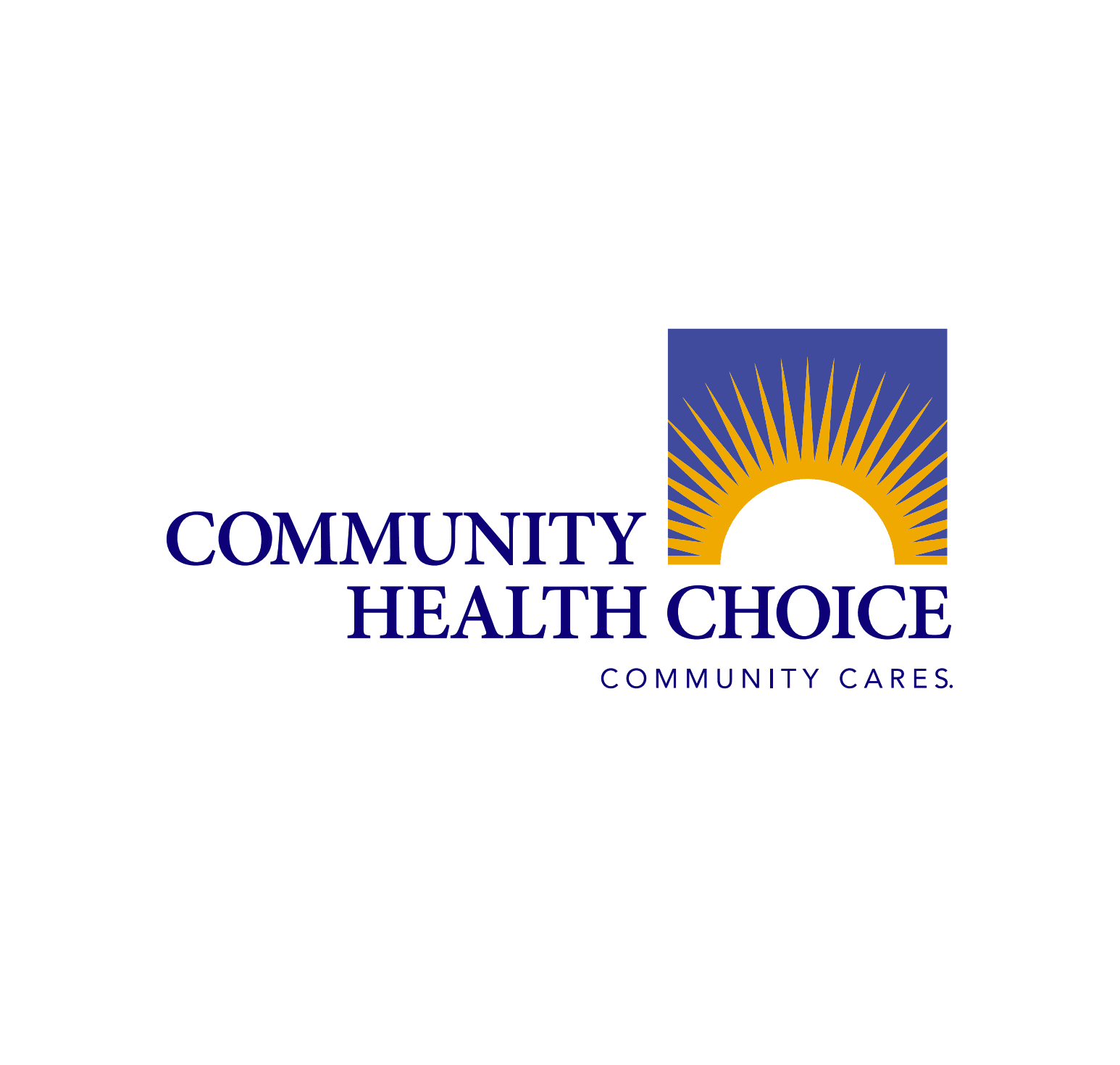
According to the National Child Traumatic Stress Network, November was first declared as National Homeless Youth Awareness Month in 2007. In November, Homeless Youth is recognized to raise awareness about the growing number of young people living on the streets or in shelters without adequate resources, whether they are living with their families or unaccompanied (living on their own).
What is youth homelessness?
As unhoused youth go undercounted, youth homelessness is not accurately defined, according to the National Commerce of State Legislatures (NCSL).
According to the NCSL, the Runaway and Homeless Youth Act defines homeless youth as unaccompanied individuals under the age of 21. As opposed to this, McKinney-Vento's definition of homeless youth is widely applied and does not focus on a specific age group.
The McKinney-Vento definition of homeless children and youth is "individuals who lack a fixed, regular, and adequate nighttime residence", according to the NCSL.
This includes children and youth who:
1) Live in the housing of others because of economic hardship or loss of housing
2) Lack of alternative adequate accommodations, which leads to living in a hotel, motel, trailer park, or camping grounds
3) Living in an emergency shelter or transitional shelter or abandoned in hospitals
4) Living in a public or private place at night, such as in cars, parks, public spaces, abandoned buildings, etc.
5) Migrant children living in one of the above circumstances.
Moreover, homeless youth are defined in different ways by federal and state agencies.
According to the National Center for Children in Poverty (NCCP), the United States Conference of Mayors surveyed the top three causes of homelessness in 2007. Children living in homeless families were affected by a lack of affordable housing, poverty, and domestic violence. Unaccompanied youth (living homeless alone) were affected by mental illness, substance abuse, and housing insecurity.
What are the causes of youth being homeless?
Housing Instability
Housing Instability is one of the contributing factors to youth experiencing homelessness living with their families and unaccompanied youth experiencing homelessness living on their own, according to the National Network for Youth (NN4Y). As many families struggle to make ends meet, they cannot afford costly housing and other living expenses, especially if they are low-income or living below the federal poverty line. Additionally, job loss contributes to a lack of financial resources, resulting in homelessness.
In addition, if the youth feels leaving home will relieve their family's strain, this may lead to them experiencing homelessness alone. Youth living alone who are not able to afford housing due to underemployment or unemployment may experience homelessness, according to the NN4Y. Also, some youth may not have the educational attainment to gain employment or better job positions.
Substance Abuse
The use of substances as coping mechanisms to escape the traumas of life is one of the factors contributing to homelessness among youth.
According to the Issue Brief on the Consequences of Youth Homeless by the NN4Y, “many unaccompanied youths turn to substances to help deal with the stress and desperation caused by unstable living arrangements”. Research indicates that substance use among youth increases in stressful and less stable living situations, according to NN4Y. Additionally, unaccompanied youth were more likely to use marijuana, cocaine, and other harmful substances. In order to cope with the harsh conditions of their living circumstances, unaccompanied youth often turn to dangerous substances for comfort and escape. Consequently, this impairs their decision-making abilities.
Mental illness
Mental health problems may be caused or worsened by homelessness for many unaccompanied youth. A homeless person's mental health can suffer if they do not receive adequate resources or support when battling the unfortunate conditions of becoming or being homeless.
The NN4Y Issue Brief reports that mental health problems among many unaccompanied youth can take many forms, including severe anxiety, depression, low self-esteem, and even suicide attempts. In addition, about nine percent of homeless youth have access to mental health services, according to the NN4Y.
Consequently, youth suffering from mental health issues and at risk of homelessness are unable to cope with the harsh reality of homelessness without adequate resources.
Family Conflict
Family conflicts leading to youth homelessness can include child abuse, neglect, domestic violence, or parental substance abuse, according to the NN4Y. Many youth are forced into the streets before they reach adulthood as a result of unstable households. As a result of their inability to support themselves or acquire the resources necessary to make a living, they can become homeless at a young age.
In addition, ninety percent of youth who access shelters had difficulties at home due to fighting and screaming. Additionally, some youth experienced conflict with their parents regarding their sexual orientation, gender identity, or expression, which contributed to them becoming homeless. According to the NN4Y, some youth are kicked out or forced to leave home because their specific experiences make their household too dangerous to remain in.
What does youth homelessness look like in Houston?
Youth homelessness in Texas was the focus of a study conducted by Texas Apple Seed and Texas Network Of Youth Services (TNOYS) in the summer of 2016. The definitions of a youth experiencing homelessness vary.
According to Texas Apple Seed, if a young person is on the street, picked up by law enforcement, and under the age of 17, he or she is considered a runaway and referred to the juvenile justice system for rehabilitation. In contrast, if the youth appears in a shelter and the shelter contacts the child welfare system, they may be considered victims of abuse or neglect, resulting in their placement in foster care. Whether a youth is considered a victim of an offender depends on which system they encounter first.
Additionally, if a youth is not living on the street but is living with friends or family, whether or not they are considered homeless depends on what system of services they are accessing. For example, the school system would label the youth as homeless and provide them with education and protection services. School-referral community organizations may not provide assistance, therefore making the individual ineligible, according to Texas Apple Seed. The extent to which youth are considered homeless varies as well.
In the report of Youth Homelessness in Texas (2016), some young children experienced homelessness when families lost access to housing, but remained in the company of an adult or guardian, according to Texas Apple Seed.
Additionally, the report revealed that the number of unaccompanied students experiencing homelessness increases between the 8th and 9th grades. The number of runaways picked up by law enforcement or referred to juvenile probation increases at the age of 13, and most children run away from foster care between 15 and 17. The report also found that over half of surveyed youth experienced homelessness after turning 18.
Homelessness among youth aged 13 to 24 is caused by various factors, such as abuse or neglect at home or in foster care, rejection by parents, aging out of foster care, and physical or behavioral health issues. In addition, a high percentage of youth become homeless after identifying as LGBTQ+ and having their parents reject their sexual orientation. Furthermore, young people of color and those with mental health issues are overrepresented among homeless youth, according to the report.
Resources
A youth experiencing homelessness can access more information about resources in Houston by visiting the Coalition for the Homeless.



































